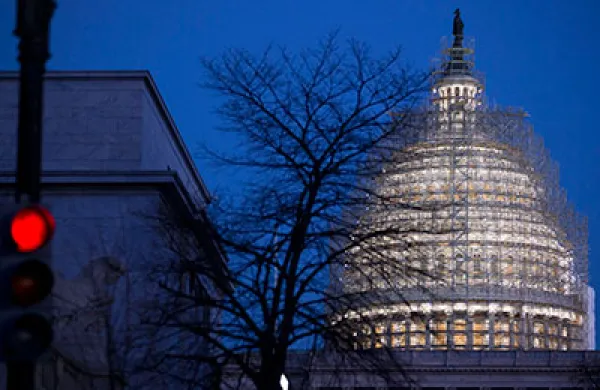Corporate defined benefit pensions may be coming off the endangered species list.
Not that traditional lifetime pensions will once again be the nation’s predominant type of corporate retirement program; no one predicts that.
But a new survey from the New York-based consulting firm Towers Watson shows clear signs that traditional pensions have lost as much ground as they’re going to lose and are now at a stable plateau. Of the employers that still enroll new hires in some sort of defined benefit plan – admittedly, a minority of the respondents — 68 percent said they had “made a formal decision” to keep offering the plan for the next two to three years.
Athough two or three years may not seem much of a commitment, Mike Archer, a senior retirement consultant in Towers Watson’s Parsippany, N.J. office, points out that the plans have already survived two recessions in the past decade, as well as the general trend away from pensions. “If these companies haven’t closed or frozen them after all that, and if the companies don’t change them in the next three years, I don’t know what it would take to change them,” he says.
Arthur Noonan, a senior partner at another consulting firm, Mercer, is more pessimistic in the short run but more optimistic over the long. For the short term, he cites a survey of some 200 companies that Mercer co-sponsored last fall, in which around one-fifth of the respondents said “they were still looking at whether or not to freeze or amend their plan.” Over the next three to five years, however, he continues, not only will companies stop freezing, but some will even restore lost pension plans.
“It takes a while for the change to occur,” he says. But eventually, “employers are going to have to say, ‘If defined contributions doesn’t work, I need enough defined benefit features that I can achieve what defined benefit plans were providing me in the past – a reason for employees to stay, and a message about when the time to leave should be.”
Today fewer than 31 percent of public- and private-sector workers today rely on traditional pensions as their main source of retirement income, down from nearly 57 percent in 1988, according to the Employee Benefit Research Institute. In the Towers Watson survey, only about one-third of the 424 large and midsize companies polled last fall were enrolling new hires in such plans.
The hardy survivors tend to be in industries with at least one of the following qualities, experts say: strong financial health, noncyclical business patterns, effective unions, workers who do physically demanding jobs, a dearth of qualified potential hires, competitors that also offer these plans, and a reliance on tenure, relationships, or unique knowledge among their work force. In particular, that often means utilities, large pharmaceutical makers, and energy businesses. The reasons are pretty much self-evident: The sponsors can afford to pay the benefits, they have negotiated commitments, and they must fight to attract qualified staff.
In addition, says Robert McAree, a senior vice president at Sibson Consulting in New York, “companies that have defined benefit plans have gotten more comfortable with the concept of risk-mitigation. To limit their financial exposure, he explains, they may have adopted a liability-driven investment strategy that tries to match the maturities of their fixed-income holdings to the expected dates of pension payouts.
And despite the public assumption that defined benefits are onerous or expensive, the HR reasons for keeping them haven’t changed. Half the companies in the Towers Watson survey said their plans were important for recruiting and retaining employees, while another 8 percent cited their value in “helping employees retire in a timely manner.” Archer points to a previous survey by his firm, in which far more employees with defined benefit plans said their retirement program was an important reason for working at their company, compared with those that had only defined contributions.
A traditional pension benefit “is a very attractive vehicle for workplace planning,” adds McAree. For instance, companies can use early retirement incentives to ease out older workers and make way for new hires. By contrast, Mercer’s Noonan says, surveys and the experience of the last recession show that people with 401(k) plans are less likely to retire in tough times.
The pensions of the future probably won’t look exactly like traditional types, however. Noonan sees hybrid versions, like cash balance plans, or annuities as the most likely choices. Some 54 percent of the companies with defined benefit plans in the Towers Watson survey have converted to hybrids, which reduce their funding volatility and cost.
Karen Friedman, executive vice president of the Washington, D.C.-based Pension Rights Council, an advocacy group for workers and retirees, says this new study may be just what employers need to encourage them to keep their pension programs. “Companies have a herd mentality,” she says. For the last few years, the herd has been heading to defined contributions. The trend may not have switched direction yet, Noonan says, “but as a more pragmatic approach is given, there’s recognition that following the herd does not necessarily produce the best outcome for the business.”






